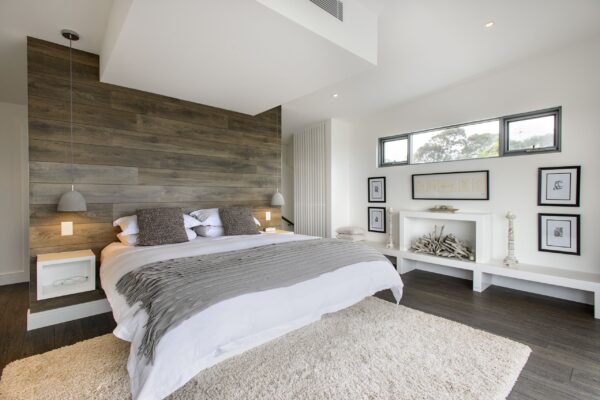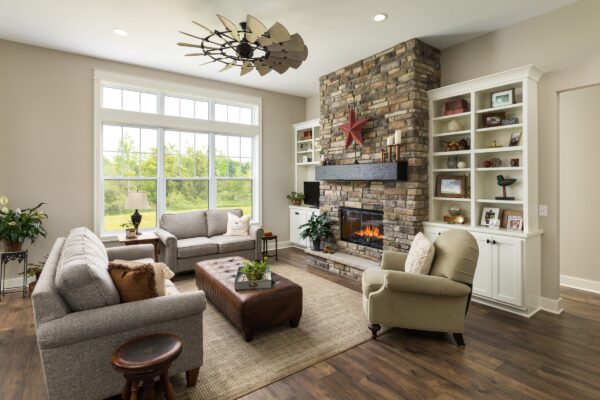
An Introduction to Path Lighting

Path lighting refers to any series of lights designed to illuminate a walkway, whether it is a public sidewalk or private path through a beautiful garden. Residential exterior lights can range from utilitarian to decorative, and you have options from wired lights to solar powered landscape lighting. You can also try this out to avail solar installations. Here is an introduction to path lighting as a whole, and your options if you’re considering installing path lights.
Intent
Path lights are, by definition, intended to light up a pathway. However, you can use path lights for multiple purposes, such as accenting certain landscaping (check out BLT Landscapes for services) features in addition to literally lighting the way. You can set up path lights to accent a particular item in the garden while showing people the turn in the path that guides them around it. Recessed lights may be used to light up stairs or steps in the path while clearly communicating where these items are, reducing the odds others trip and fall.
Style
We mentioned that path lights range from the functional to the decorative. You could buy functional and stylish path lights in solid colours or strong metallic tones for a little more. Or you could find decorative path lights that match the sconce by the front door with a little research and a larger budget.
Some people use path lights to mark the boundaries of an existing path, whether it is made from dirt, gravel or concrete. Others use the fixtures to create the path, such that the lights on each side delineate the path. If you want the latter style, you’ll need to have two rows of path lights to create the path, whereas the other style simply requires putting path lights in the right locations to help guide people along the path.
Note that the lamp fixture’s shape affects its light distribution. A light designed to act like a desk lamp and light up a wide area means you’ll need fewer lights to light an entire walkway. Lights that don’t affect a large area may require many more to be set up in a series to get the necessary effect.
In general, select lights that shine lights onto the path or accent features (or both), but not into the sky or people’s eyes. Personal preference affects the style beyond this, such as choosing path lights that resemble mushrooms or tulips or those that are built into faux rocks.
Duration

If you aren’t certain you want the lighting to be spaced a certain way or may change the layout of the paths themselves, you would be better off choosing flexible lighting arrangements over permanent ones. If you intend on lighting permanent architectural features like fountains or exterior features of your home, line voltage fixtures are a good choice.
These can be supported with underground wiring to minimize their appearance or above-ground wiring hidden along path edging or among landscaping. LED lighting is the norm for low voltage permanent lighting today, though intense lights and historic fixtures may still rely on traditional bulbs.
Your two main styles of path lights are in-ground and above-ground fixtures. Above ground fixtures include shielded path lights that only direct the light toward the walkway, adjustable spotlights and bollards. In-ground fixtures range from mini-spotlights shining upward to in-path lights. In-ground fixtures need to be set in a way that prevents them from becoming a trip hazard in and of themselves.
You also need to take care in their location and design so that they don’t collect leaves or water; a light fixture that’s ostensibly waterproof could still short out or pose a fire hazard if water collects, freezes, damages the casing and then melts, letting water drip down into the fixture. You need to make sure that sweeping up the leaves under a tree doesn’t end up burying the path lights either.
Environment

Your environment determines which path lights work best for your application. For example, some path lights are not designed for very low temperatures. It would be wise to choose path lights with a hood or shielding so that ice doesn’t collect on it and potentially damage the light.
If you’re putting path lights near a swimming pool or fountain, you’d want to select path lights that could survive being splashed.
Another issue is the overall brightness of the area. The greater the amount of ambient lighting in the area, such as street lights and neighbors’ homes, the brighter the path light needs to be in order to stand out if the purpose is to draw attention to a particular feature.
Conversely, if there is a fair amount of ambient lighting, path lights intended only to show where steps and walkways are located for safety reasons don’t need to be as bright. You certainly don’t want to select lights that are so bright and shining up in the person’s eyes that it makes things difficult to see. In general, you want five to ten watts of halogen light and one to three watts of LED lighting for every ten feet.
Quantity

First determine if you want overlapping pools of light or separate, isolated spots of light. Note that the isolated spots of light for this application include both lights and accent lights in the surrounding area. If you want isolated points of light, whether to identify those areas people otherwise may trip on when navigating the area or improve visibility at key points, you don’t need as many lights as when you want a continuous line of light. We mentioned that when you have a light fixture that disperses light over a larger area, you may not need as many lights to light up the path.

A somewhat common mistake some people make is buying ellipse shaped lights and then failing to align them parallel to the path. They set it up to look like a street light that ends up shining as much on the landscaping as the path and then wondering why it looks so dark, or they may buy more lights than necessary.
Regulations
When you’re learning about how to select path lights for your particular application, you may not hear many others point out that local rules and ordinances may affect your options. For example, if you live somewhere with dark sky ordinances, you may not be allowed to have accent lights that point up toward the sky or bright light fixtures that do anything except point directly down. A professional electrician should be able to help you choose and install the right type of lighting.
Such rules would likely rule out path lights that resemble a hanging lantern or bollard in favor of mushroom shaped ones. Or the shallow shade path lights that direct light straight down become a better option as long as you can set it along the path without hindering someone’s ability to roll up or down the sidewalk on a wheelchair.
Energy efficiency rules may require you to buy the very efficient bulbs and push you to select solar powered path lights over wired ones. Safety rules may require you to hire electrical contractors like the ones from the electrical services in Lafayette, IN to install path lights if the entire project draws more than a certain amount of power.
The right path lights for your application depend on the intent for the lighting and rules and regulations that may limit your selection. How you want the lighting to look to your visitors affects how many lights you want, as does the use of the lights. Your choices will ultimately be determined by your style, the environment in which they operate and how permanent the lights are.













































